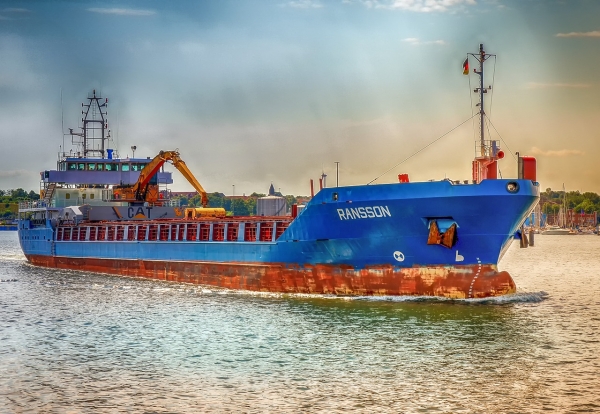The combined emissions of metals and other environmentally hazardous substances from ships is putting the marine environment at risk according to a new study from Chalmers University of Technology, Sweden. When the researchers calculated the contaminant load from these emissions into the marine environment in four ports, it was found that water discharged from ships’ scrubbers, whose purpose is to clean their exhaust gases, accounts for more than 90 per cent of the contaminants.
“The results speak for themselves. Stricter regulation of discharge water from scrubbers is crucial to reduce the deterioration of the marine environment,” says Anna Lunde Hermansson, a doctoral student at the Department of Mechanics and Maritime Sciences at Chalmers.
Traditionally, environmental risk assessments (ERA) of emissions from shipping are based on one source at a time. For example, the ERA might look at the risk from copper in antifouling paints. But as with all industries, shipping is an activity where there are multiple sources of emissions.
“A single ship is responsible for many different types of emissions. These include greywater and blackwater, meaning discharges from showers, toilets and drains, antifouling paint, and scrubber discharge water. That is why it’s important to look at the cumulative environmental risk in ports,” says Anna Lunde Hermansson who, with colleagues Ida-Maja Hassellöv and Erik Ytreberg, is behind the new study that looked at emissions from shipping from a cumulative perspective.
Read more at Chalmers University of Technology


